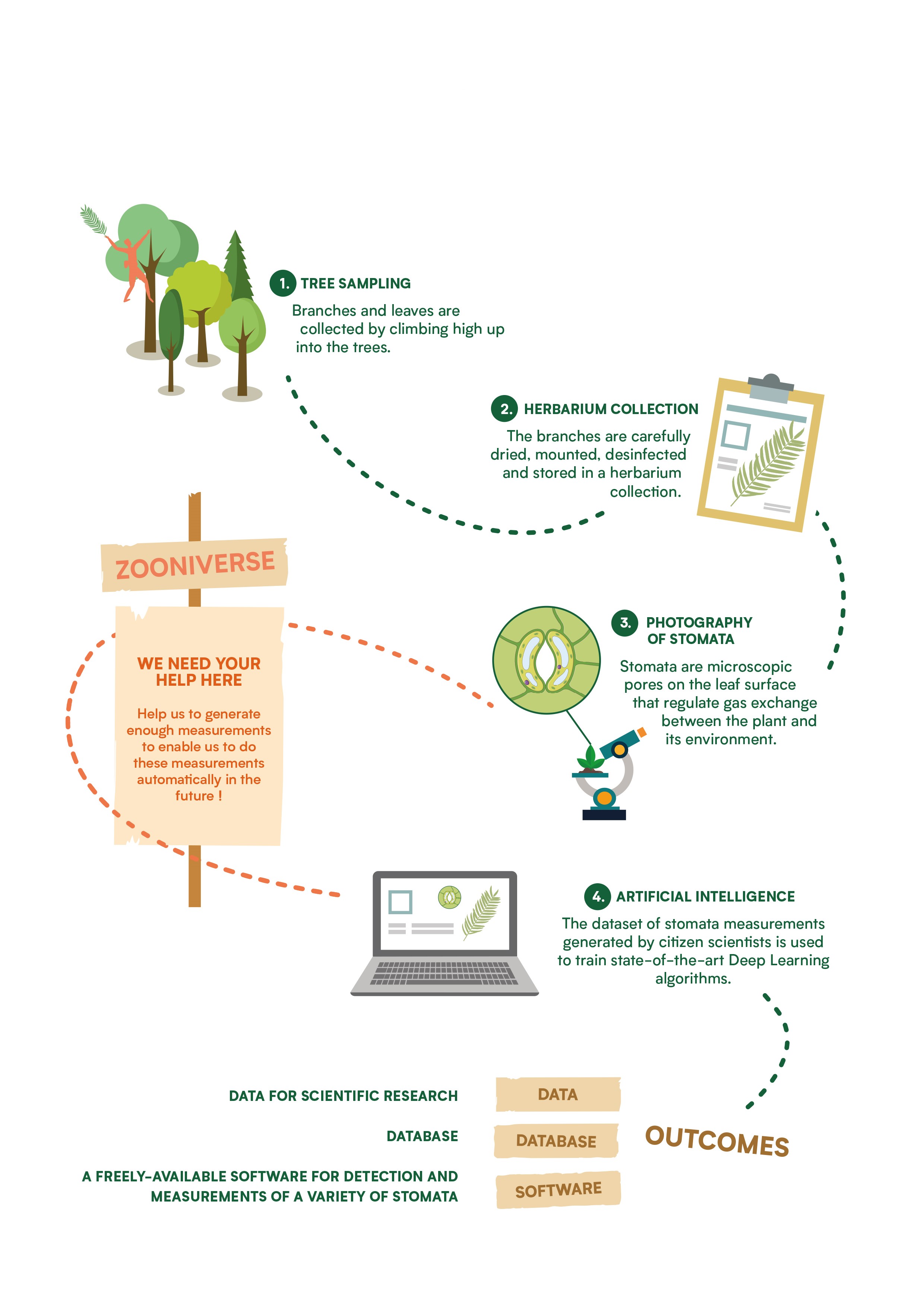Artificial intelligence, Climate change and Stomata = KIKS
On November 21, a press event was organized on the Campus Kulak in Kortrijk to present the KIKS project together with 5 other projects that propose different ways in which modern technologies can be used to innovate education.
The KIKS project (Dutch: Kunstmatige Intelligentie, Klimaatverandering, Stomata; English: Artificial Intelligence, Climate change, Stomata) aims to develop educational material that will provide high school students with hands-on experience with artificial intelligence and at the same time inform them about climate change.
In our everyday lives we are confronted with more and more automation and devices able to make decisions more and more autonomously. It is key to teach and safeguard young people how to manage these modern technologies responsibly by introducing them the general underlying principles of these technologies such as artificial intelligence.
The KIKS-team is developing a series of classes in which high school students will automate the process of counting stomata in plants using deep learning techniques. Why stomata? Stomata are microscopic cell structures at the lower side of plant leaves and are key in photosynthesis as they are responsible for gas exchange needed for doing photosynthesis. Stomatal characteristics are strongly linked with climate change as they determine the plant’s water use efficiency in a world where freshwater is becoming limited and climate change brings about more severe droughts.
The images used in KIKS are the microscope images of dried plant material generated within the scope of the COBECORE project (see previous blog post: Photomicrography of stomata). The herbarium of Meise Botanic Garden belongs to the 20 largest herbarium collections worldwide and is perfectly suited to study the effect of climate change on plant photosynthesis as the approximately 3 million specimens cover a huge range of space and time in which the plant specimens were collected.
Students will use a crowdsourcing platform called ZOONIVERSE (www.zooniverse.org) to learn to recognize stomata from displayed microscope images and generate a labelled dataset that can be used for training deep learning algorithms. In parallel, we are using the same platform to set up a crowdsourcing project called “Leaf Prints” which will soon become available to the international community of citizen scientists that would like to help us generate a labelled reference dataset to train algorithms to automate measurements of stomatal size.
 |
BLOG
data_recovery digitization citizen_science machine_learning
